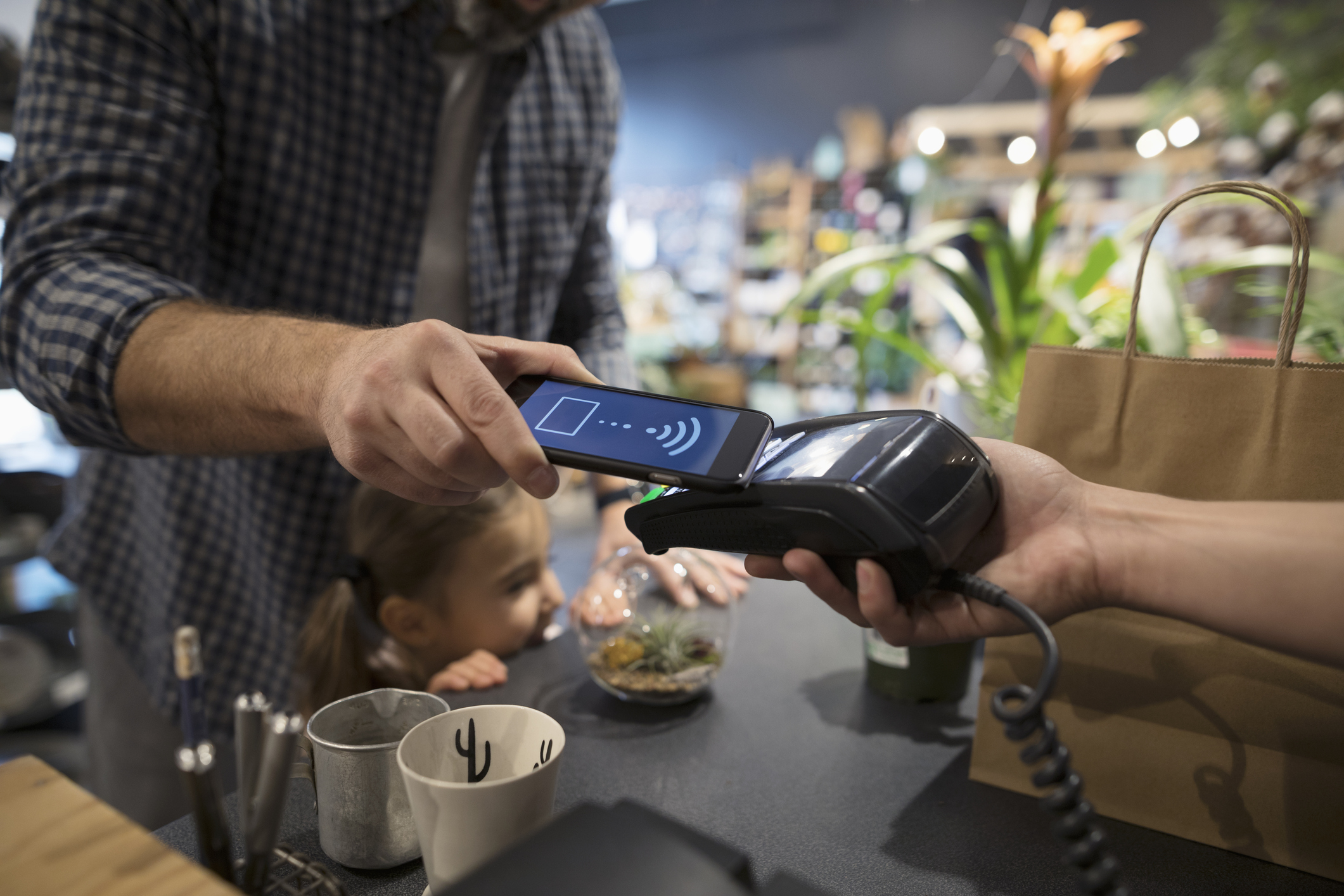The blending of the digital and physical worlds is evolving from a wide range of parallel services to a truly seamless experience. As we enter a new age of retailing, the emergence of stand-alone digital voice assistants such as Google Home and Amazon Echo is set to completely transform the shopping experience.
Accenture’s latest report reveals 71 per cent of Australian consumers who own digital voice assistants say they will use them for online purchasing. This is in line with the projected increase in ownership levels of digital voice assistant devices in Australia to more than five times this year.
While competition from companies such as Amazon may result in retailers starting to feel the pressure to get on the digital bandwagon, the key question for the industry is how well can retailers give digital consumers exactly personalised experiences?
How digital assistants are blending the customer experience
Accenture’s survey has revealed that three-quarters of gen Z shoppers are excited about voice-activated ordering, with stand-alone digital voice assistant devices leading the evolution toward blended digital and physical experience.
The voice interface takes the blending of the physical and digital worlds to a new level by augmenting the way shoppers access content and services, as well as offering providers an additional service and revenue opportunity.
With increasing expectations for personalised and targeted interactions, digital voice assistants will hyper-personalise the shopping experience, while voice activation will also enable shoppers to engage with the brand in a conversational manner.
Get closer to the customer – hyper-personalisation
Retailers need to consider features such as an automatic replenishment program to work with voice activation to personalise the digital shopping experience. Accenture’s survey found that gen Z shoppers are by far the most interested in automatic replenishment programs, which is based on your purchase history and frequency.
More than 60% indicated they would shift more than half of their purchases to retailers offering the service. For example, Alibaba is personalising its virtual storefronts for individual visitors, offering real-time, tailored product recommendations based on purchase histories, age, gender, location and a host of other data points.
Visualising the experience
In addition to digital voice assistants, deploying augmented reality (AR) and virtual reality (VR) in retail will create an immersive shopping experience. Australian consumers have a growing interest in AR and VR, which extends far beyond gaming, to a range of more practical needs. For example, more than half of respondents (58%) said they are interested in AR or VR to learn about a place they are visiting and to learn new skills or techniques.
Other areas of interest include visualising how clothes might fit (cited by 53% of respondents) and viewing 3D manuals (50%). IKEA Australia’s VR store is a prime example of this. The store provides a unique digital experience that allows customers ‘walk’ the home furnishing retailer and browse or purchase products, as if they were physically in the store.
With digital voice assistants transforming the retail world, consumers are embracing the blended experiences that voice-enablement provides. Soon, consumer interest will shift from new form factors to connected and live intelligence, and success will pivot on how well companies create and sustain engaging blended experiences.
Retailers need to invest in the digital tools that will enable them to speak to consumers through visuals, collaborate with them seamlessly across multiple channels and devices, as well as make them feel part of their brand. Offering services such as customisation, hyper-personalisation and VR are a must-have capability for reaching a generation that is shaping and commanding today’s digital retail landscape.





